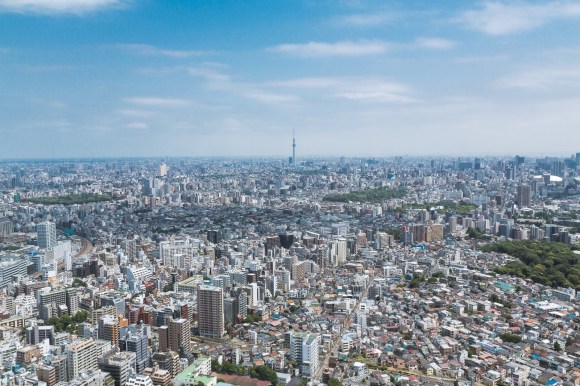
While they might look appealing to visitors, according to residents, these suburbs can be hell to live in.
Over the years, we’ve seen reports ranking everything from Japanese castles to anime and even Sanrio characters. While the results are usually aimed at showing the best of a certain category, now it’s time for a list that concentrates on revealing the worst, with a look at the most “hellish” areas to live in and around Tokyo.
Nikkan Spa magazine compiled the unusual list with the help of a Japanese real estate agent, who identified the following top three characteristics for determining a hell-like suburb: 1. There are few businesses in the area selling less than the bare necessities, and it’s dark and lifeless at night 2. It’s very likely that the real estate value will drop 3. In the event of a disaster, it’s a very risky area to be in.
According to the real estate professional, people often move to certain areas of Tokyo because they’ve been made popular in the media as great places to live, but once they actually live there, it turns out to be an entirely different story. So, without further ado, let’s take a look at the five areas that are so far from being great they’ve been described as areas that are “like hell to live in”.
5. Makuhari (Chiba Prefecture)
The Greater Tokyo Area fans out to incorporate the neighbouring prefectures of Kanagawa and Chiba, where many residents commute in and out of the capital each day. Makuhari in Chiba, which is home to the Makuhari Messe convention complex, is a seaside town with parks and beaches, making it seem like an ideal place to live. However, according to a 27-year-resident of the area, there are only two convenience stores in her residential zone, and they both shut at 11 p.m. On the weekends, parking is a nightmare, adding to the inconvenience.
4. Shirokane-takanawa (Minato Ward, Tokyo)
Home to a large number of foreign embassies, an address in the esteemed Minato ward of Tokyo is a big drawcard for many, and with Shirokane-takanawa’s convenient transport links and proximity to the centre of the capital, you’d think this would be a perfect place to take up residence. In reality, though, the area has a large population of elderly female residents, meaning everything shuts early at night, and the majority of restaurants are classy and expensive.
3. Kasukabe (Saitama Prefecture)
Located on the outskirts of Saitama Prefecture, this city is best known as the real-life setting for the Crayon Shin-chan manga and anime series, whose creator, Yoshito Usui, also lived in the area. For some, this might seem like a calm suburban oasis, with a lot of elderly people seen frequently around the station, but according to real estate consultant Osamu Nagashima, the population here has decreased sharply over the last decade, as the city’s youth have been leaving to find work in larger areas. With the local department store shutting its doors last year, property prices are also likely to decline here in future.
2. Kamakura (Kanagawa Prefecture)
Best known as the home of the Great Buddha of Kamakura, the second tallest bronze Buddha statue in Japan, this city draws thousands of tourists from Japan and around the world each year. Although the scenic landscape is often featured in movies, according to residents, it’s actually a nightmare to live here on weekends, as the large number of tourists creates huge traffic jams. One man who’s been living in the area for nine years says it takes two hours to drive a distance that should only take 15 minutes, so he and his neighbours often head out of town on the weekends to escape the madness.
1. Yanaka (Taito Ward, Tokyo)
At number one on the list is Yanaka, one of the few places in Tokyo to escape the fires and bombing of World War II. The lovely old-town atmosphere of this area makes it a popular destination for visitors on weekends, but one local resident in her 20s says it’s the worst area in terms of livelihood. At night, most of the stores close at 8 p.m, there aren’t many choices when it comes to dining out, and on weekends it’s stressful and difficult to move with all the crowds in the area. House prices are also said to be dropping in Yanaka, and with a large number of graves in the vicinity, a lot of the streets are dimly lit, making it a scary place for women to walk alone at night.
So there you have it, five of the most “hellish” areas to live in and around Tokyo, according to research conducted by the team over at Nikkan Spa. Personally, we’re more inclined to consider pressing public-safety criteria when it comes to defining a suburb from hell, so while these areas might have things going against them, we’re relieved to know that at least they don’t have to worry about the scourge of Japanese bosozoku biker gangs. But that could just be because young kids these days just can’t be bothered to join them anymore.
Source: Yahoo Japan News via Hachima Kikou
Top image: Pakutaso
Insert images: Flickr/Daisuke K, Flickr/Masashi Yanagiya, Flickr/Urawa Zero, Flickr/bryan…, Flickr/Yuko Hara

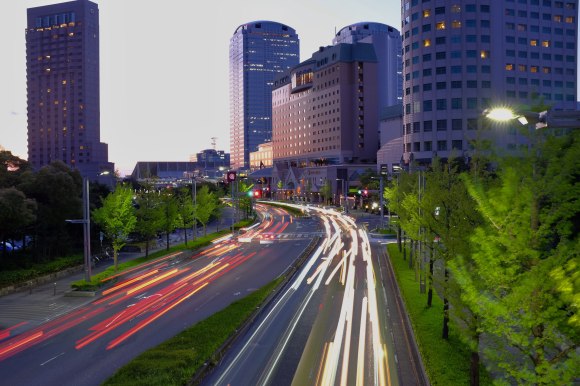
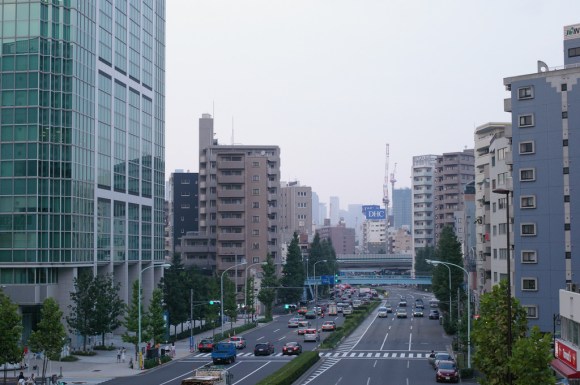
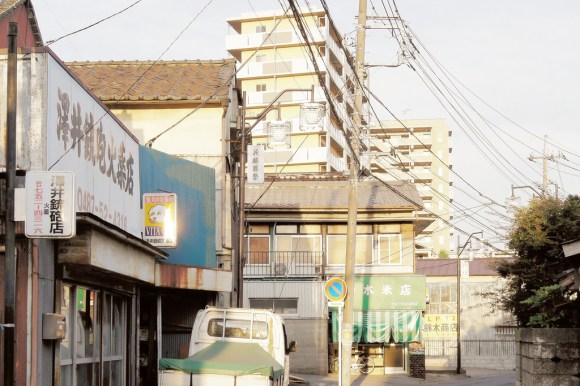
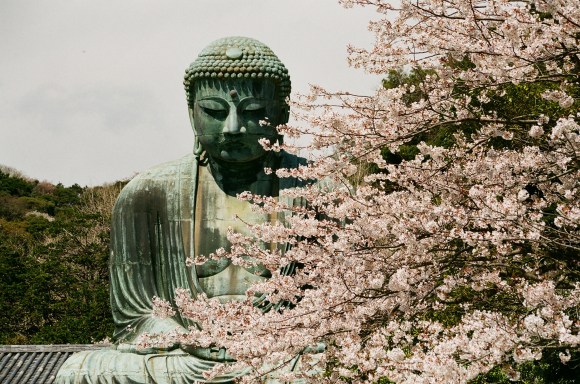
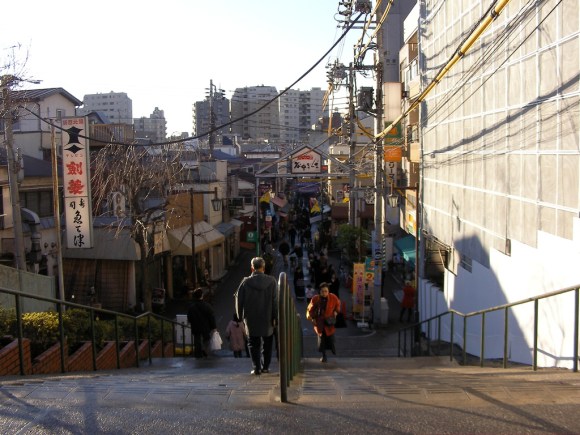
 Moving to Tokyo? Real estate agent picks five best neighborhoods for single residents
Moving to Tokyo? Real estate agent picks five best neighborhoods for single residents Yokohama ranks as most desirable city for living in Kanto for the second year in a row
Yokohama ranks as most desirable city for living in Kanto for the second year in a row What’s the best part of Tokyo to live in, and why? Survey gives the top six picks
What’s the best part of Tokyo to live in, and why? Survey gives the top six picks Which Japanese city is gaining interest among families and renters? Hint: it’s not in Tokyo
Which Japanese city is gaining interest among families and renters? Hint: it’s not in Tokyo Top 10 areas in Japan’s capital region where women who live on their own want to live
Top 10 areas in Japan’s capital region where women who live on their own want to live Foreigner’s request for help in Tokyo makes us sad for the state of society
Foreigner’s request for help in Tokyo makes us sad for the state of society Seaside scenery, history, and so many desserts on Yokohama’s Akai Kutsu【Japan Loop Buses】
Seaside scenery, history, and so many desserts on Yokohama’s Akai Kutsu【Japan Loop Buses】 Japanese city loses residents’ personal data, which was on paper being transported on a windy day
Japanese city loses residents’ personal data, which was on paper being transported on a windy day Smash Bros. director Sakurai stabs Kirby in the face, has delicious justification for it
Smash Bros. director Sakurai stabs Kirby in the face, has delicious justification for it Suntory x Super Mario collaboration creates a clever way to transform into Mario【Videos】
Suntory x Super Mario collaboration creates a clever way to transform into Mario【Videos】 New giant Pokémon plushie is so big it looks like it could eat you【Photos】
New giant Pokémon plushie is so big it looks like it could eat you【Photos】 W.T.F. Japan: Top 5 most difficult Japanese tongue twisters (with videos!) 【Weird Top Five】
W.T.F. Japan: Top 5 most difficult Japanese tongue twisters (with videos!) 【Weird Top Five】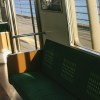 Japanese woman stumbles on the power of the infamous “gaijin seat” phenomenon during flight
Japanese woman stumbles on the power of the infamous “gaijin seat” phenomenon during flight The results are in! One Piece World Top 100 characters chosen in global poll
The results are in! One Piece World Top 100 characters chosen in global poll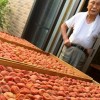 How to make epic umeboshi like a Japanese grandpa
How to make epic umeboshi like a Japanese grandpa McDonald’s new Happy Meals offer up cute and practical Sanrio lifestyle goods
McDonald’s new Happy Meals offer up cute and practical Sanrio lifestyle goods Japanese ramen restaurants under pressure from new yen banknotes
Japanese ramen restaurants under pressure from new yen banknotes French Fries Bread in Tokyo’s Shibuya becomes a hit on social media
French Fries Bread in Tokyo’s Shibuya becomes a hit on social media Studio Ghibli releases new action figures featuring Nausicaä of the Valley of the Wind characters
Studio Ghibli releases new action figures featuring Nausicaä of the Valley of the Wind characters Red light district sushi restaurant in Tokyo shows us just how wrong we were about it
Red light district sushi restaurant in Tokyo shows us just how wrong we were about it New private rooms on Tokaido Shinkansen change the way we travel from Tokyo to Kyoto
New private rooms on Tokaido Shinkansen change the way we travel from Tokyo to Kyoto Tokyo Tsukiji fish market site to be redeveloped with 50,000-seat stadium, hotel, shopping center
Tokyo Tsukiji fish market site to be redeveloped with 50,000-seat stadium, hotel, shopping center Beautiful Ghibli sealing wax kits let you create accessories and elegant letter decorations【Pics】
Beautiful Ghibli sealing wax kits let you create accessories and elegant letter decorations【Pics】 Studio Ghibli releases Kiki’s Delivery Service chocolate cake pouches in Japan
Studio Ghibli releases Kiki’s Delivery Service chocolate cake pouches in Japan New definition of “Japanese whiskey” goes into effect to prevent fakes from fooling overseas buyers
New definition of “Japanese whiskey” goes into effect to prevent fakes from fooling overseas buyers Our Japanese reporter visits Costco in the U.S., finds super American and very Japanese things
Our Japanese reporter visits Costco in the U.S., finds super American and very Japanese things All-you-can-drink Starbucks and amazing views part of Tokyo’s new 170 meter-high sky lounge
All-you-can-drink Starbucks and amazing views part of Tokyo’s new 170 meter-high sky lounge More foreign tourists than ever before in history visited Japan last month
More foreign tourists than ever before in history visited Japan last month New Pokémon cakes let you eat your way through Pikachu and all the Eevee evolutions
New Pokémon cakes let you eat your way through Pikachu and all the Eevee evolutions Disney princesses get official manga makeovers for Manga Princess Cafe opening in Tokyo
Disney princesses get official manga makeovers for Manga Princess Cafe opening in Tokyo Sales of Japan’s most convenient train ticket/shopping payment cards suspended indefinitely
Sales of Japan’s most convenient train ticket/shopping payment cards suspended indefinitely Sold-out Studio Ghibli desktop humidifiers are back so Totoro can help you through the dry season
Sold-out Studio Ghibli desktop humidifiers are back so Totoro can help you through the dry season Japanese government to make first change to romanization spelling rules since the 1950s
Japanese government to make first change to romanization spelling rules since the 1950s Ghibli founders Toshio Suzuki and Hayao Miyazaki contribute to Japanese whisky Totoro label design
Ghibli founders Toshio Suzuki and Hayao Miyazaki contribute to Japanese whisky Totoro label design Doraemon found buried at sea as scene from 1993 anime becomes real life【Photos】
Doraemon found buried at sea as scene from 1993 anime becomes real life【Photos】 Tokyo’s most famous Starbucks is closed
Tokyo’s most famous Starbucks is closed One Piece characters’ nationalities revealed, but fans have mixed opinions
One Piece characters’ nationalities revealed, but fans have mixed opinions We asked a Uniqlo employee what four things we should buy and their suggestions didn’t disappoint
We asked a Uniqlo employee what four things we should buy and their suggestions didn’t disappoint Princesses, fruits, and blacksmiths: Study reveals the 30 most unusual family names in Japan
Princesses, fruits, and blacksmiths: Study reveals the 30 most unusual family names in Japan Autonomous beverage and snack car now testing in Chiba City
Autonomous beverage and snack car now testing in Chiba City Guangdong would rank as the world’s 12th most populous nation, and other fun with China’s census
Guangdong would rank as the world’s 12th most populous nation, and other fun with China’s census The Ryokan Tokyo Yugawara offers a unique writer’s retreat with a luxurious onsen
The Ryokan Tokyo Yugawara offers a unique writer’s retreat with a luxurious onsen House hunting? Here are some tips that might prevent headaches and frustrations
House hunting? Here are some tips that might prevent headaches and frustrations The Tokyo area welcomed more new foreign residents than Japanese ones last year
The Tokyo area welcomed more new foreign residents than Japanese ones last year Why are people in their 20s moving outside of Tokyo to Yokohama and other areas?
Why are people in their 20s moving outside of Tokyo to Yokohama and other areas? Burger King opens a rental site to help fast food lovers find an apartment in Japan
Burger King opens a rental site to help fast food lovers find an apartment in Japan Neighbors Kamikitazawa introduces us to the cool side of shared Tokyo apartment rentals
Neighbors Kamikitazawa introduces us to the cool side of shared Tokyo apartment rentals The top ten most appealing of Tokyo’s 23 special wards to live in after retirement
The top ten most appealing of Tokyo’s 23 special wards to live in after retirement Studio Ghibli producer dishes the dirt on Hayao Miyazaki, Your Name, and their next big project
Studio Ghibli producer dishes the dirt on Hayao Miyazaki, Your Name, and their next big project Magazine survey picks Japan’s 10 best towns to live in
Magazine survey picks Japan’s 10 best towns to live in Open-air toilets, showers for every room among offerings from crazy Tokyo apartment agency
Open-air toilets, showers for every room among offerings from crazy Tokyo apartment agency Home-hunting in Japan changes as people eye new communities in wake of COVID-19
Home-hunting in Japan changes as people eye new communities in wake of COVID-19 The price of newly built apartments in central Tokyo skyrocketed over 100 million yen last year
The price of newly built apartments in central Tokyo skyrocketed over 100 million yen last year Nintendo buys five-billion yen plot of land, will build new development headquarters in Kyoto
Nintendo buys five-billion yen plot of land, will build new development headquarters in Kyoto
Leave a Reply